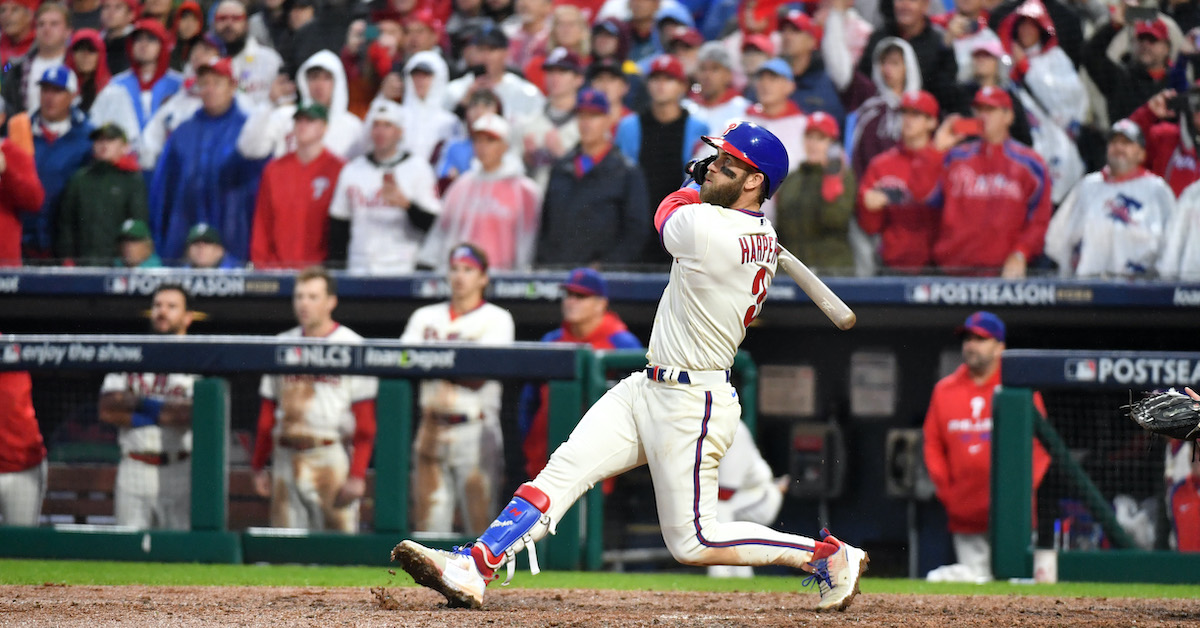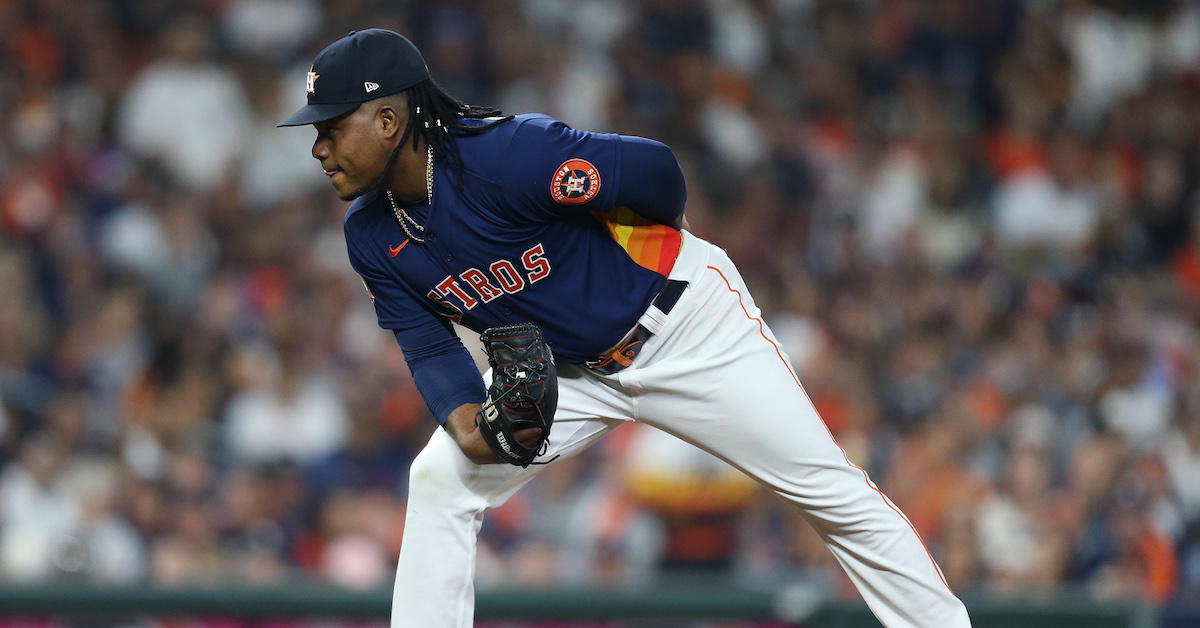Bryce Harper’s Game 5 Home Run Was a Master Class in Hitting

Some are calling it a legacy at-bat. I think it’s one of the most impressive displays of pitch-to-pitch adjustments I’ve ever seen in a postseason game. Whatever way you want to describe it, all that matters is Bryce Harper sent his team to the World Series after five games of leading the Phillies’ offense with fantastic, historic hitting. If he hadn’t already proved the worth of his contract with an MVP performance in 2021, he did in this series, chewing up Padres pitching with eight hits in 20 at-bats, including two home runs, three doubles, and five RBI.
I can go on about Harper’s postseason hitting forever, but for this piece, I want to focus on his at-bat against Robert Suarez that gave Philadelphia the lead in the bottom of the eighth inning of the series-clinching victory. Nobody was better suited for that moment than the reigning MVP; after each pitch, you could see him processing his swings, which he took a lot of, in preparation for the next one. If there is one thing a hitter needs in the postseason when facing elite pitching, it’s pitch-to-pitch adjustments. Allow me to guide you through how Harper made his. Read the rest of this entry »







